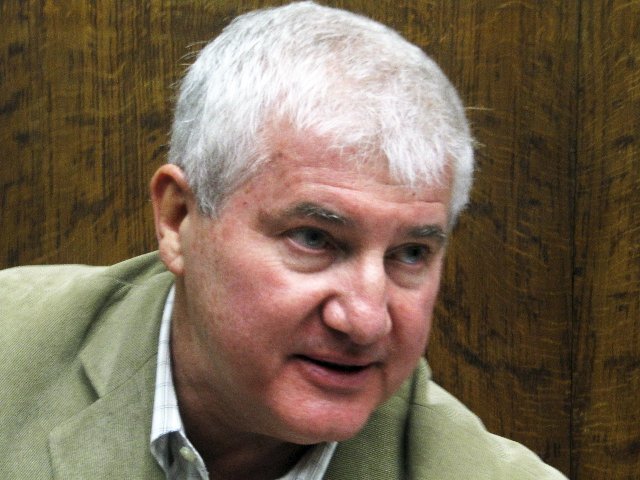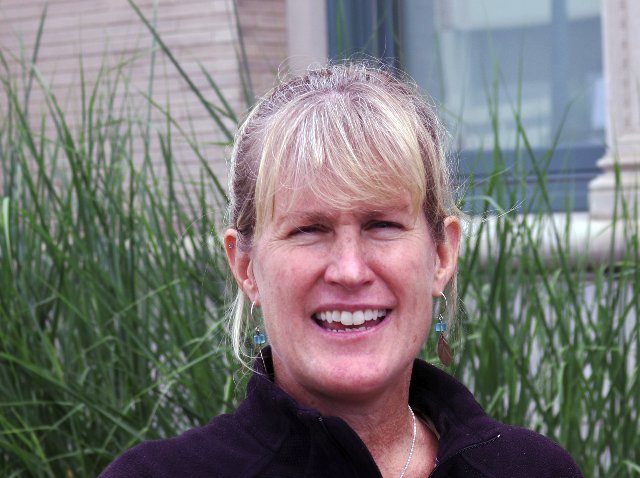Berkshire Museum Will Gut Its Collection
Matter to be Settled with Supreme Judicial Court
By: Charles Giuliano - Feb 10, 2018
The art of the deal is to reach a compromise in which neither side gets what they want.
Early responses to "the deal" strongly feel that it favors the museum. As a reader commented by e mail "This wasn't a compromise on the part of the Attorney General (Maura Healey). It was a capitulation and the question is why?"
In July, to retire debt and launch a New Vision, the Berkshire Museum announced plans to raise more than $50 million by selling 40 works from the permanent collection. The most valuable item was one of two paintings given to the museum by Stockbridge resident, Norman Rockwell.
Initially, the Berkshire Eagle endorsed the sale with a cheer leading editorial. When objections began to surface the paper of record changed direction with in depth coverage by Larry Parnass. Part of that reporting entailed exposing director Van Shields. There were character issues and scandals in North Carolina that resulted in his being fired just prior to taking over a museum position in Pittsfield.
Rockwell’s masterpiece “Shuffleton’s Barber Shop” was given a pre-sale estimate by Sotheby’s auction house at between 20 and 30 million dollars.
As a result of negotiations between the museum and the office of the Attorney General the painting has been sold to a museum. Four months from the pending sale it will be on extended loan to the Norman Rockwell Museum for as long as two years. It will then be displayed prominently in the unidentified museum which is agreeing to loan the painting from time-to-time to other museums including ones in the Berkshires.
The identity of the private buyer remains a secret for now. My educated guess is that it has been acquired by Crystal Bridges in Bentonville, Arkansas. The museum which is funded by Walmart heiress, Alice Walton, is dedicated to American masterpieces. It has made similar arrangements to pry loose prized works and collections from The New York Public Library and Fisk University in Nashville, Tennessee. Walton has the deep pockets to purchase a controversial Rockwell painting which has attracted global media attention.
The good news is that a major work will continue on view for the general public. The remaining 39 works remain on the block. They may well end up in the tents, living rooms and submarines of mega rich collectors.
Beyond gutting the collection Shields, and board president, Elizabeth McGraw, plan to rip out and renovate the building including trashing its historic Crane Room. With a science and educational mandate they intend to create media interactive displays. Initial views of architectural plans and renderings have been underwhelming.
The attempt to sell work for general revenue rather than to enhance the collection violates ethical guidelines for 501c3 institutions. That’s what evoked the Attorney General to intervene and negotiate terms of its oversight. The sensitivity to the field of non profits resulted in global media attention.
Moving forward it is unclear what legal precedents have been established for other cash poor institutions viewing collections as potential liquid assets. Their attorneys will pore over the fine print of this agreement.
“While the negotiated agreement with the Berkshire Museum may satisfy legal standards, it falls far short of ethical standards and best practices for museums,” the American Alliance of Museums and the Association of Art Museum Directors said in a joint statement. “This is indeed a sad day for the arts community in the Berkshires and the museum community across the country.”
While uttering lip service to the fine arts, for many who rallied to save the museum, its New Vision is a disaster in the making.
In a statement from the museum McGraw wrote that “…We acknowledge that this has been a difficult time for people on all sides of this matter, and we are grateful for the support received throughout this process from so many in the community. Recognizing that we have done our best to fulfill our responsibility to the Museum and the community it serves, we are hopeful this agreement can mark not just the end of a difficult legal fight, but the beginning of a new period of unity and healing in our community.”
In response to the decision that came down on February 9 dissidents issued a position of no confidence.
Statement on "Compromise" Agreement between the AGO and the Berkshire Museum Save the Art - Save the Museum "The ‘compromise’ agreement between Attorney General Maura Healey and the Berkshire Museum is flawed. It flouts all standards of museum best practices and fails to honor the Berkshire Museum's duty to the community's cultural past or its future generations. By leaving intact the current Museum leadership, despite clear evidence of poor management and bad stewardship, the accord does nothing to protect the collection from future sales. The deaccession of the Museum's finest art treasures strikes at the heart of the principles of public trust, and sets a precedent that will undermine cultural and historical institutions in the Commonwealth and across the country. Save the Art-Save the Museum will issue a more detailed statement after we have studied the agreement in greater detail."
What follows are details of the agreement.
The Office of the Attorney General (AGO) and the Berkshire Museum have filed a petition with the Supreme Judicial Court of the Commonwealth of Massachusetts seeking approval of the following agreement to end litigation between the AGO and the Museum.
With this agreement, the AGO and the museum jointly recognize:
- A shared responsibility for the collection of the Berkshire Museum and to the community it serves;
- The Berkshire Museum faces serious financial challenges including a dwindling endowment, a weakening fundraising climate, and an annual operating deficit of $1.15 million—that will force it to close within the next several years absent a substantial infusion of capital of approximately $60 million;
- Fundraising alone will not be sufficient to generate the capital necessary to ensure the Museum’s survival;
- The AG’s Office, through its investigation, determined that the Berkshire Museum met its demonstrated financial need to deaccession assets;
- A two-year Master Planning Process, including extensive input from hundreds of members of the community, financial guidance from a respected non-profit consultant, and consideration of alternatives to deaccession, led to development of a plan that will allow the Museum to continue fulfilling its mission;
- A shared commitment to ensure public access, especially in the Berkshires, to Norman Rockwell’s Shuffleton’s Barbershop;
- The AGO believes court review is necessary before any sale, and the Museum has filed a cy pres petition with the Supreme Judicial Court; and
- The importance of finding a solution that will help this community resolve its differences.
Key terms of the agreement:
- The Museum filed a cy pres petition, to which the AG’s Office assented, filed with the Supreme Judicial Court today, which outlines the terms of the settlement.
- If approved by the SJC, the Berkshire Museum will be authorized to sell art works to meet its financial need , with the agreement structured so that the Museum may reach its financial goal without necessarily selling all 40 works.
- This authority extends to the 19 items the museum acquired before 1932.
- The Berkshire Museum can structure the sale of these works in an effort to raise up to $55 million, specifically:
- $50 million of the net proceeds to the Museum may be used by the Museum without restriction;
- Net proceeds between $50 – $55 million will be held by the Museum in a separate fund for the benefit of the Museum’s collection and to be used for acquisitions and to support the Museum’s collection, including in connection with the New Vision;
- Any net proceeds that exceed $55 million will be held by the Museum in a separate fund for the benefit of the Museum’s art collection and to be used for acquisitions and to support the Museum’s art collection, including in connection with the New Vision.
- A non-profit U.S. museum has made an offer, obtained by the museum with the support of the AGO, to purchase Shuffleton’s Barbershop with conditions ensuring the work will remain in public view, including:
- Within 120 days of finalizing the acquisition of Shuffleton’s Barbershop, the buyer will initiate a loan of the work to the Norman Rockwell Museum for a period of 18-24 months;
- Following the loan to the Norman Rockwell Museum, the buyer will explore the possibility of loaning Shuffleton’s Barbershop to other museums in the Commonwealth of Massachusetts, such as the Museum of Fine Arts in Boston or the Worcester Art Museum;
- The buyer will ultimately display Shuffleton’s Barbershop in a place of prominence within its museum and will consider periodically loaning the work to museums in Berkshire County and to museums in the United States and around the world.
- The remaining works will be sold in three groups, or tranches, as determined by the museum, until the museum receives $55 million in net proceeds, including the net proceeds from Shuffleton’s Barbershop;
- This means the Museum may not need to sell all 40 deaccessioned works; and,
- The Museum can sell these works in private sale, even for a lower price than would be received through public auction, if that means these works will be accessible to the public.
If approved by the state’s top court, the Berkshire Museum will sell Norman Rockwell’s “Shuffleton’s Barbershop,” its most valuable work, on the way to drawing $55 million out of its collection and resolving a standoff that has mesmerized the art world.
But in a concession, the work will be sold to a nonprofit museum in the United States, not at auction to a buyer anywhere in the world.
And four months after that transaction, the acclaimed painting, considered Rockwell’s masterwork, will spend 18 to 24 months on display at the Norman Rockwell Museum in Stockbridge.


